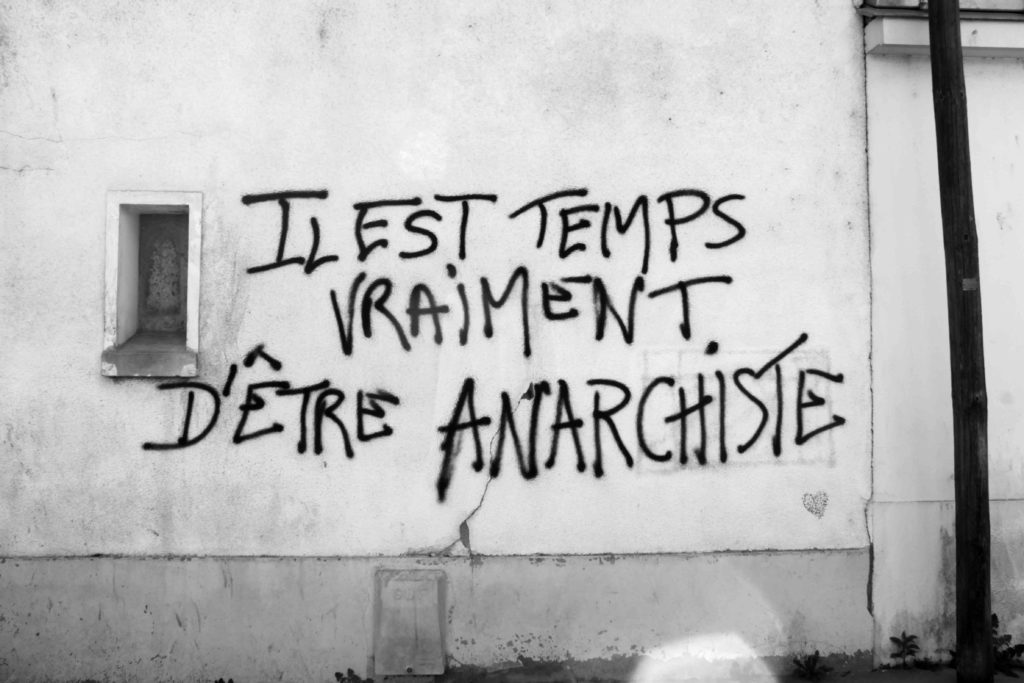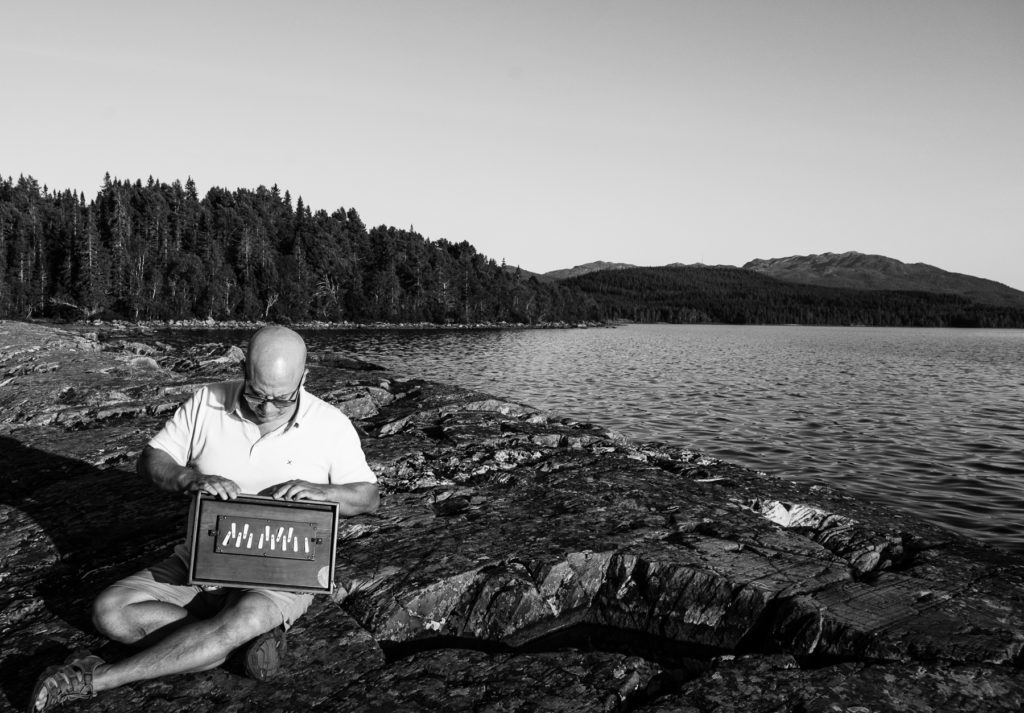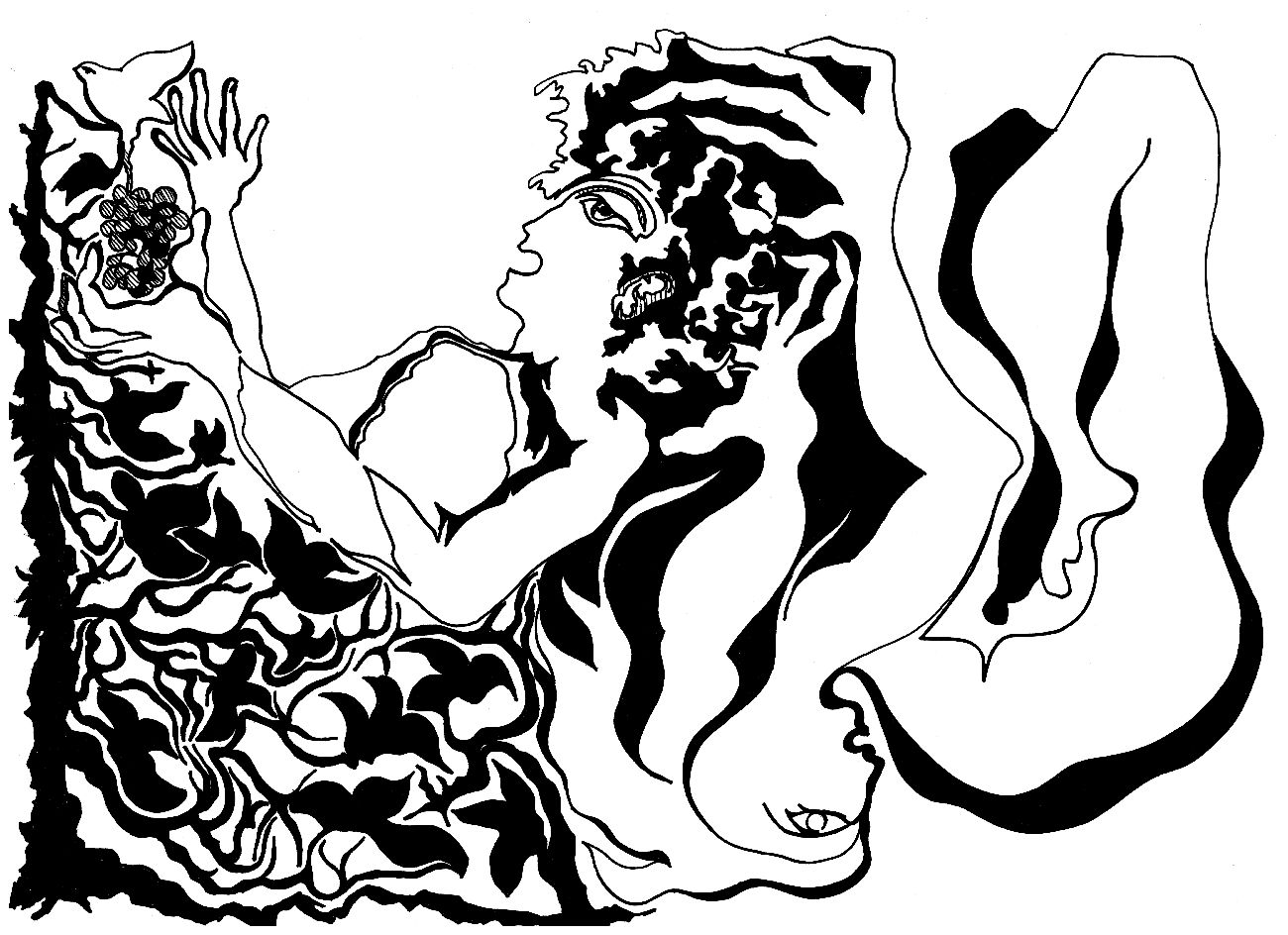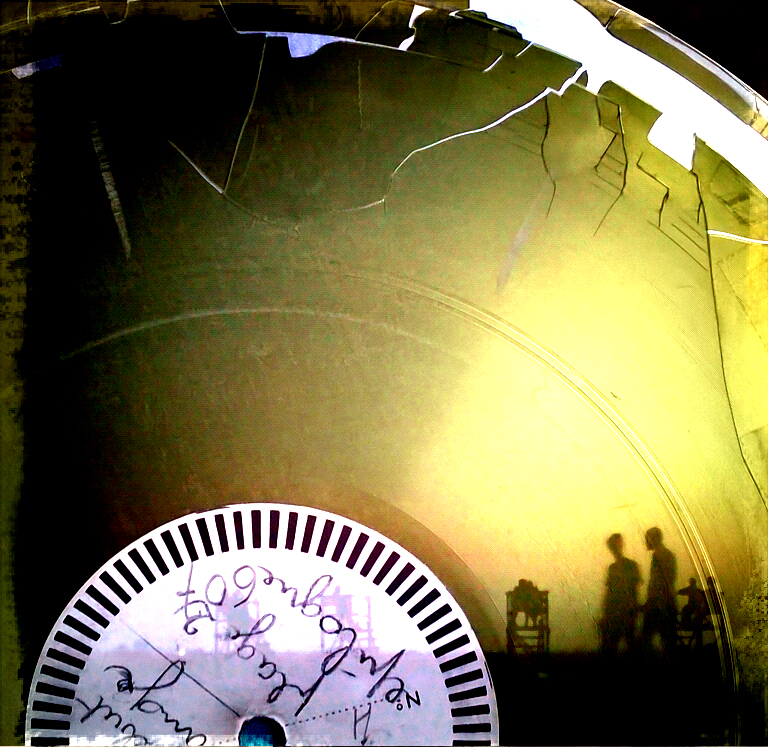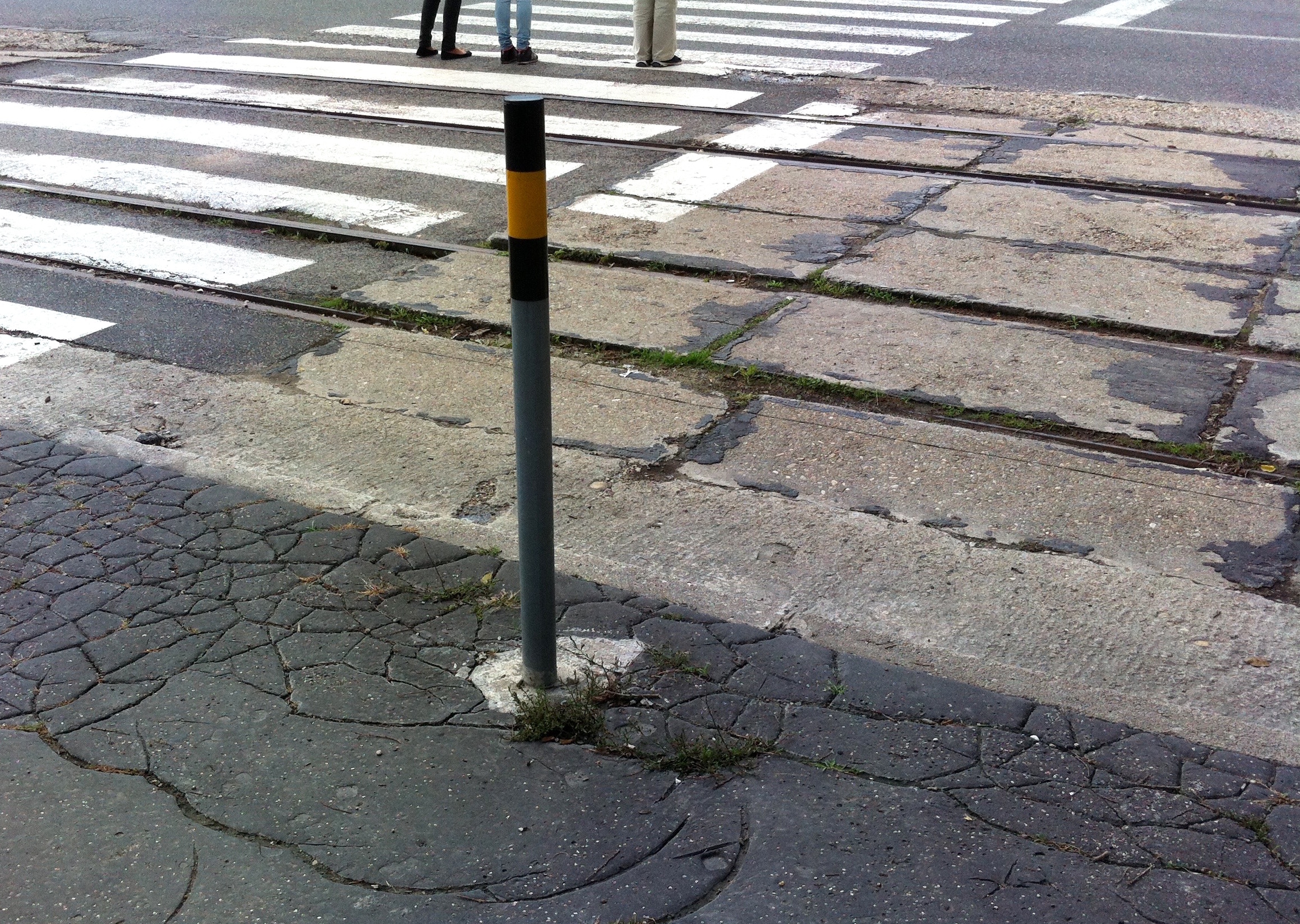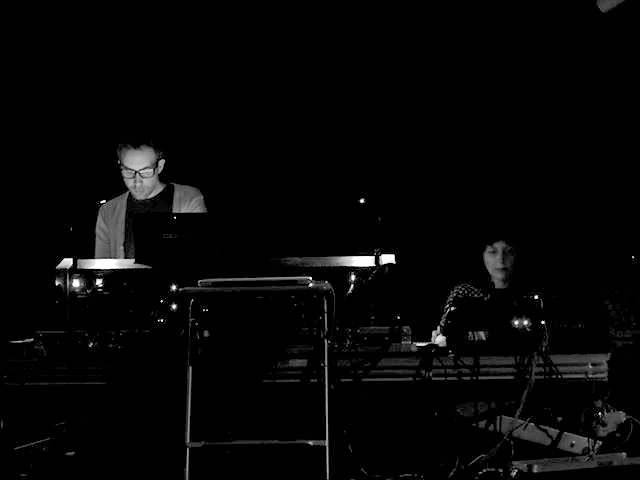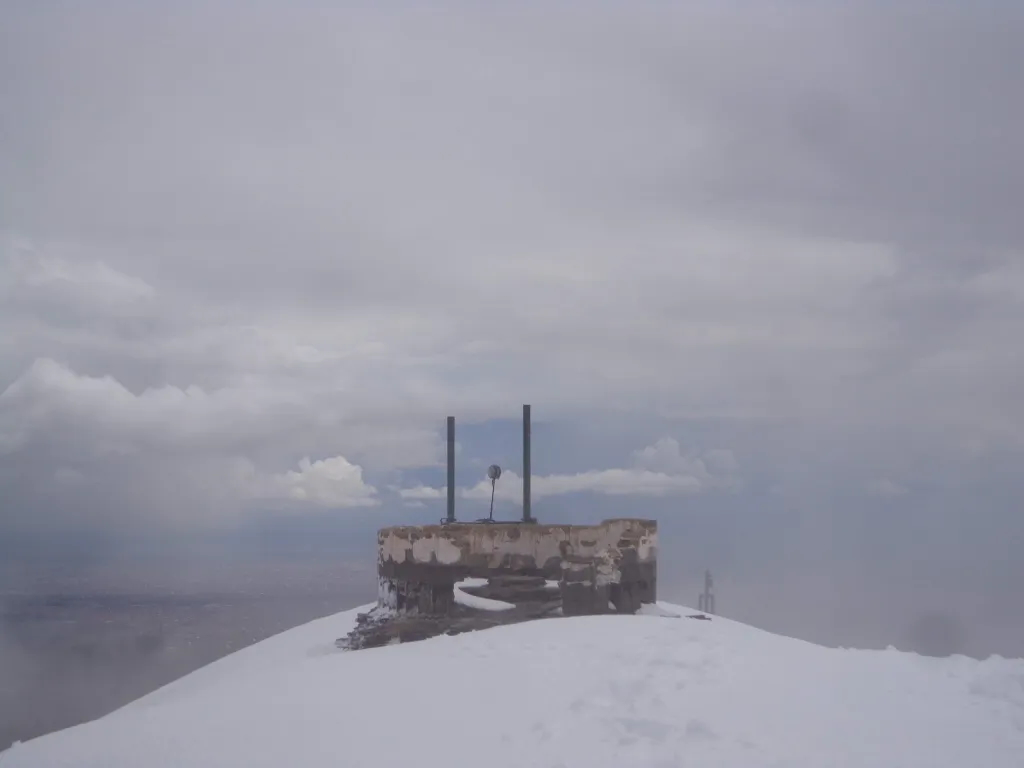
“Nature is an aeolian harp, a musical instrument whose tones are the re-echo of higher strings within us.” – Novalis
In ancient civilizations, the god of wind (Eole, Aiolos, Aeolus) has an important place. He manifests himself through aeolian harps built for him. In his piece “A los cuatro vientos”, French sound artist and sound engineer Félix Blume presents wind sounds being played in four different places of America, recorded between 2011 and 2014. In one case only it is an aeolian harp (Chile), built with the purpose of interacting with the wind. In other cases, there are power posts of low and high voltage (California, Chile, Mexico) or posts of an old ski lift (Bolivia). The electrical wires are the ropes; posts and steel structures are the resonant body; tubes are the organ… Are these modern buildings the aeolian harps of our times?
For Radia, Félix Blume remixes the recordings used for “A los cuatro vientos” in order to present a new, continuous 28-minute sound work under the same name.
As R. Murray Schafer comments in “The Soundscape”, the installation of electricity in the houses at the beginning of the nineteenth century changed the rural soundscape with the high voltage power lines. Dr Philip Dickinson from the “Research Institute of Sound and Vibrations” mentions the case of a woman who attempted suicide because she continually heard a sound inaudible to others. After several tests, they discovered that some power lines resonated and produced sound between 30 and 40 Hertz. This same sound has been recorded in other places, depending on temperature, humidity and wind.
—
Félix Blume is a sound artist and sound engineer. He currently works and lives between Mexico, Brazil and France.
He uses sound as a basic material in sound pieces, videos, actions and installations. His process is often collaborative, working with communities and using public space as the context within which he explores and presents his works. His practice involves an extended understanding of listening, as a way to encourage the awareness of the imperceptible and as an act of encounter with others. His work incorporates the sounds of different beings and species, from the buzzing of a bee, the steps of a turtle or the chirp of a cricket, as well as human dialogues both with natural and urban contexts. He is interested in myths and their contemporary interpretation, in what voices can tell beyond words.


